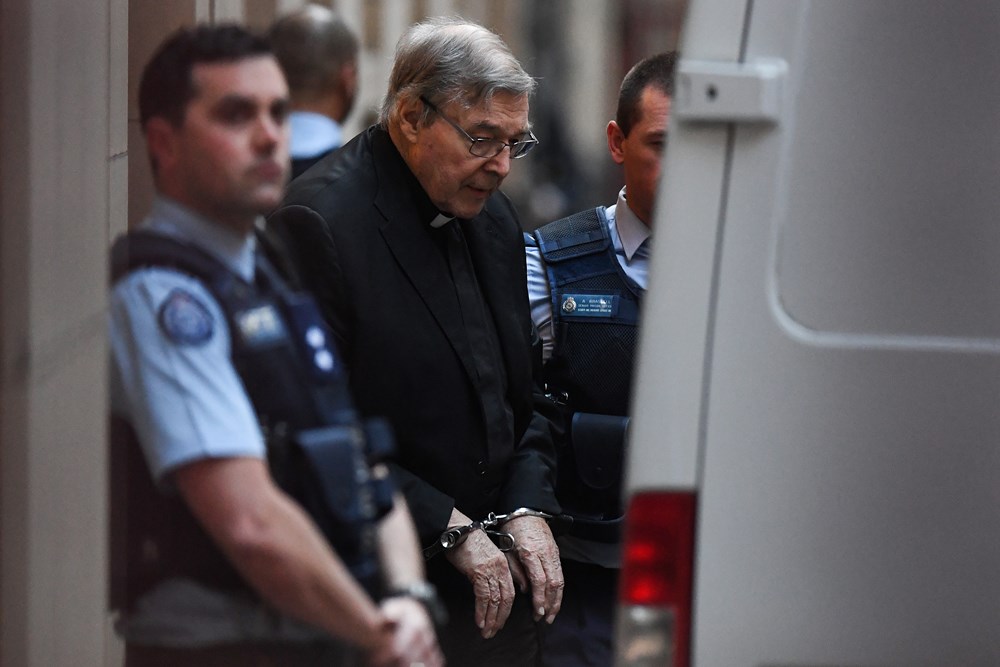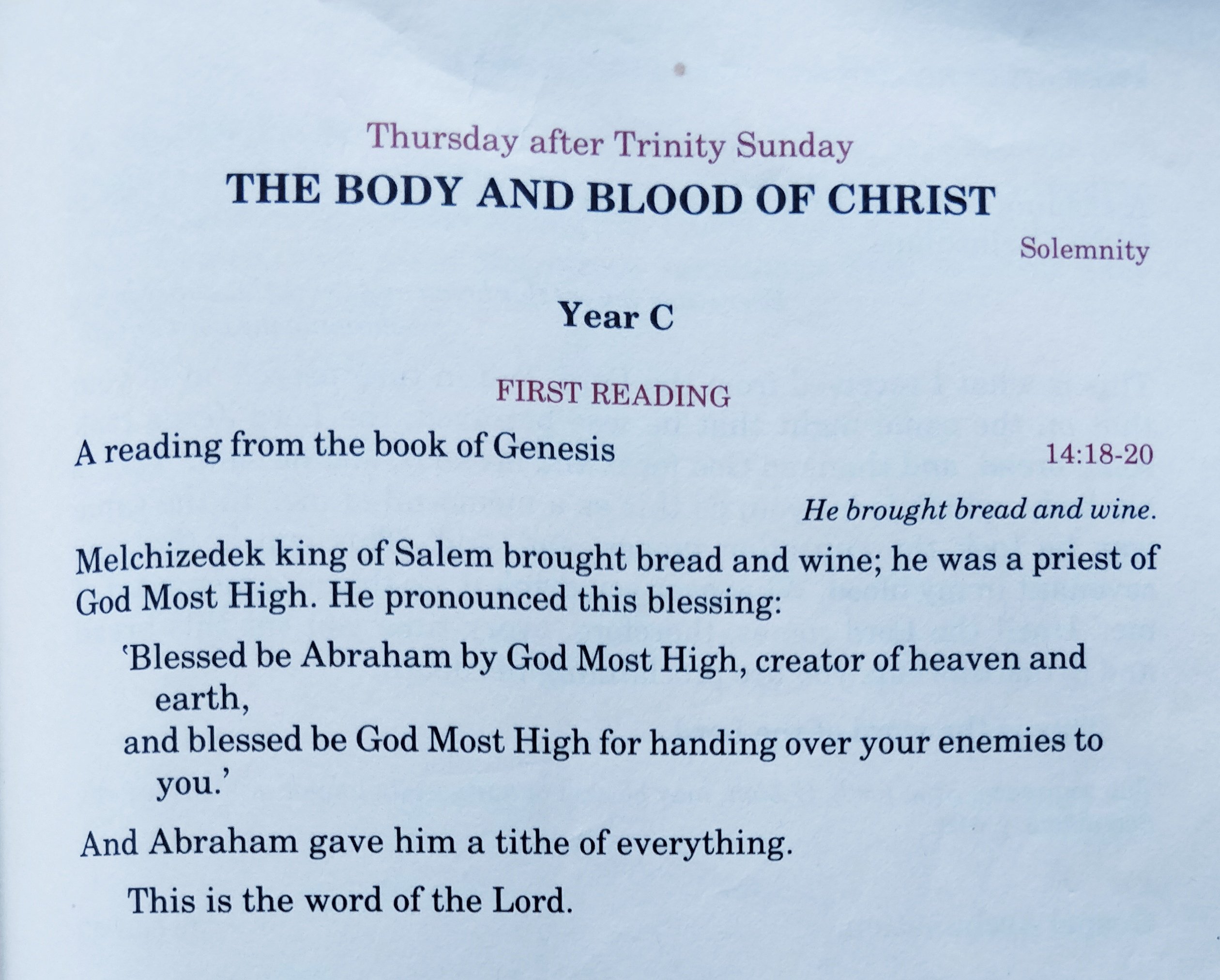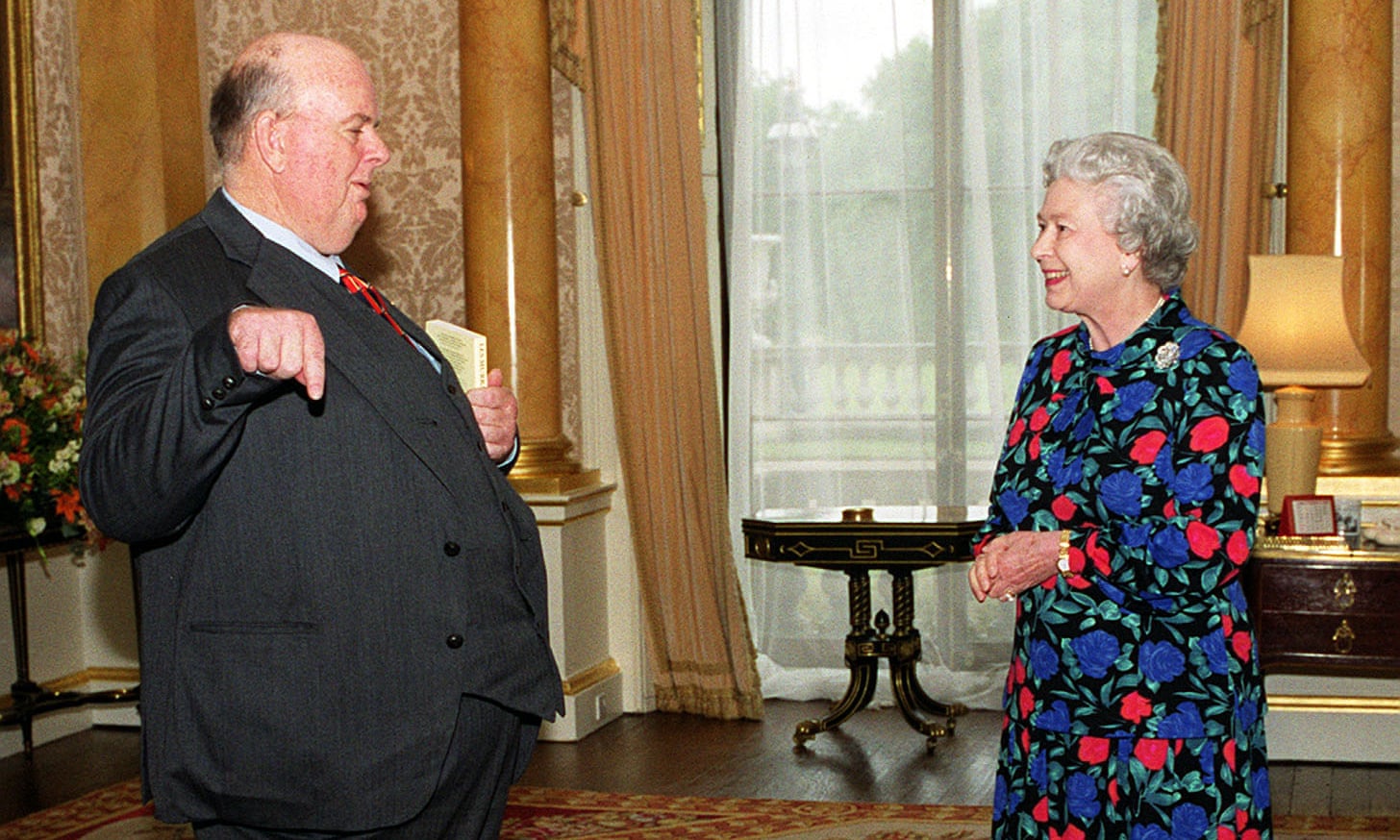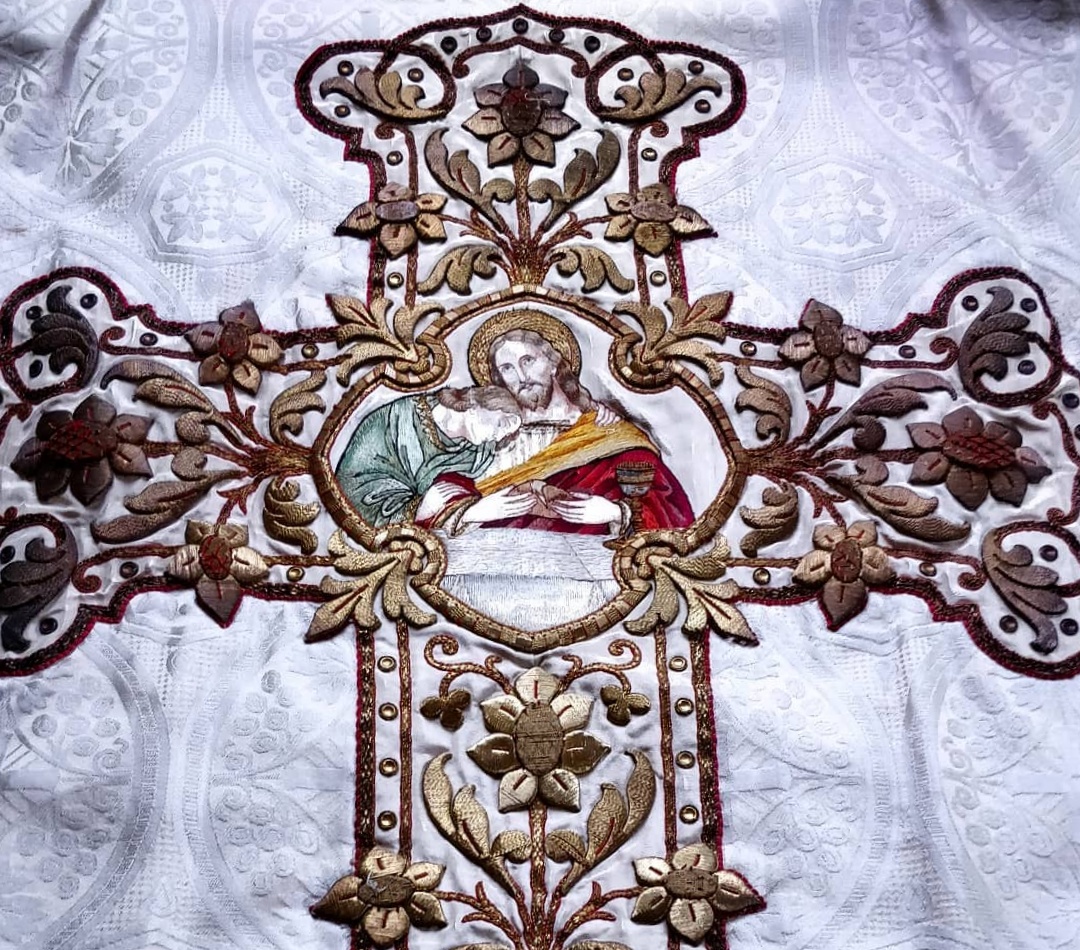THOSE WHO PERVERT JUSTICE TO CONDEMN AN INNOCENT MAN merit a special place in hell. I speak objectively; there can be subsequent repentance, and the mercy of God is unfathomable and works to a divine plan beyond our ken. If one believes truly that Cardinal Pell is guilty then their outrage is comprehensible; yet one wonders if they have taken any time over the evidence, or whether they are motivated by the desire to “get Pell”.
Mr Justice Mark Weinberg QC dissented from the Court of Appeal’s majority judgment and upheld the appeal:
“I am troubled by the fact that I find myself constrained to differ from two of my colleagues whose opinions I always respect greatly,” he wrote.
“That has caused me to reflect even more carefully upon the proper outcome of this application. Having done so, however, I cannot, in good conscience, do other than to maintain my dissent.”
Apparently his judgment takes up 200 pages of the 325 page judgment. I am yet to read it. However it seems that the judges making the majority judgment felt constrained to believe the alleged victim:
But Chief Justice Ferguson and Justice Maxwell accepted the prosecution’s submission that Pell’s surviving victim was a compelling witness, “clearly not a liar”, “not a fantasist” and a witness of truth.
The Age (Melbourne), 21/8/19
In light of the recent travesty of justice and common sense wrought in England by Carl Beech, whom the Metropolitan Police fell over themselves to believe, to the point of misleading a judge in gaining a search warrant; and given that the other alleged victim, now sadly deceased, maintained that he had not been abused by Pell, the majority judges’ stance seems unconvincing.

It seems that Cardinal Pell’s defence team made at least two significant mistakes at the original trial. The first, as some have been commenting here, is that Cardinal Pell was not called to give evidence in his defence. This allowed the complainant’s testimony to hold the floor.
The second error was relying on an animated presentation to demonstrate the logistical and physical impossibility of the crimes of which Cardinal Pell was accused. Chief Judge Kidd of the County Court disallowed the animation. Why were the jurors not taken to the cathedral to see for themselves the layout, the nature of a post-liturgical procession to the sacristy at Melbourne’s cathedral, the vestments that Cardinal Pell would have been wearing? If there was a good reason for this I am yet to learn it. It seems to be a spectacular failing in the defence approach.
Instead, in light of inadequate and insufficient evidence to demonstrate the manifest impossibility of the alleged crime, and the failure to allow Cardinal Pell to speak in his defence, the flimsy evidence of the alleged victim was allowed to hold attention. Add to this the prejudicial atmosphere prior to the trial and I begin to see how, possibly, a jury might have been swayed to give credence to the incredible.
Cardinal Pell returns to solitary confinement, the deprivation of celebrating Mass, and I am told, the total absence of access to sunshine. We must pray for him, and those who, for whatever reason, have falsely accused him.
And the cardinal must appeal to the High Court of Australia, an august court outside the borders of Victoria and beyond popular manipulation. To do this is not only for his sake, but for the sake of every priest. No priest is safe now. #prayersforpell
Alexander Downer—former Australian foreign minister and Australian High Commissioner to the UK—on Radio 4 this morning that we must sympathise with the victim. But what if you do not believe, on the basis of the evidence, that there ever was a victim; how can one symapthise with someone whom one believes does not exist?






